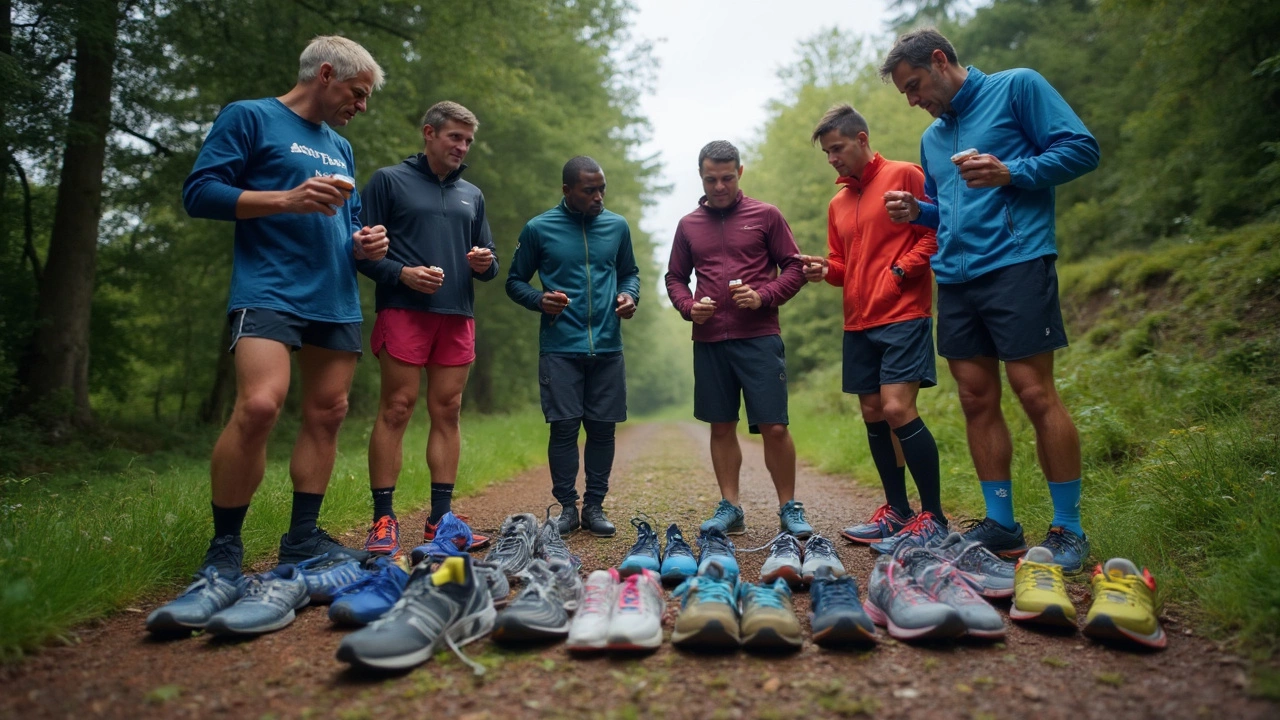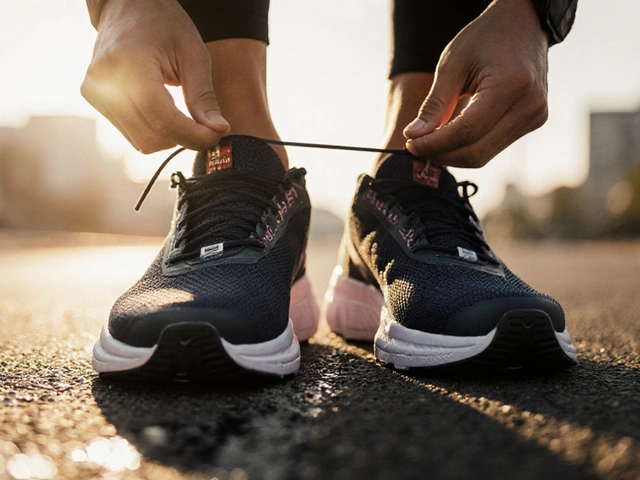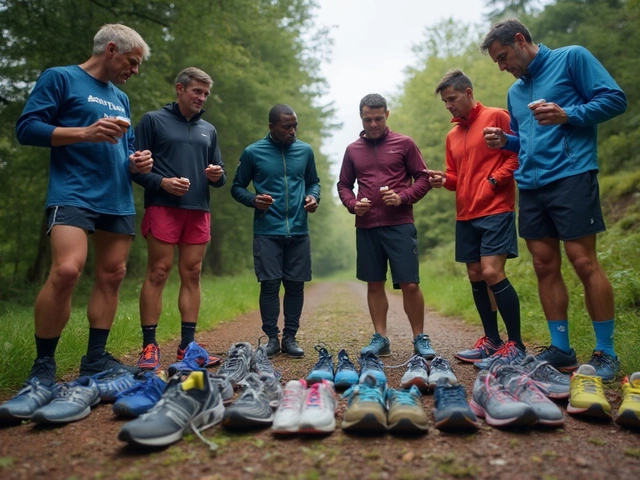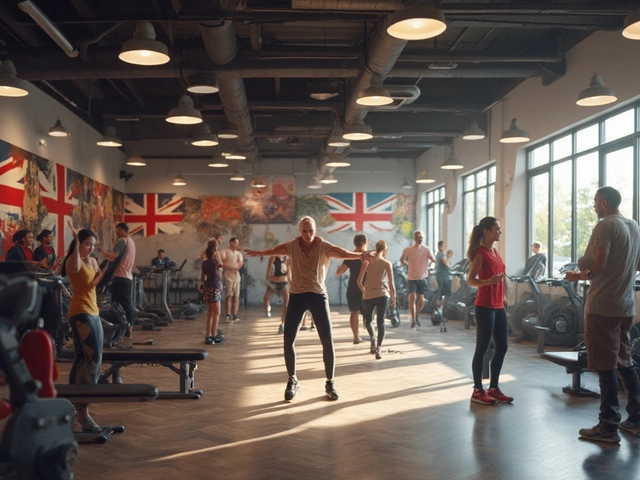How Long Do Running Shoes Last? Expert Tips for Maximum Shoe Life
You spend weeks searching for that perfect pair—cushioning that feels just right, colors bold enough to brighten a rainy run, and a fit that hugs your feet. But how long should those trusty running shoes actually last? There's no single answer, and most runners find out the hard way: one day your knees ache, or your feet suddenly feel every pebble. The truth is, running shoes don’t come with an expiration date stamped on the sole, yet ignoring their mileage could leave you benched with an injury you never saw coming.
How Manufacturers Define Running Shoe Lifespan
Most running shoe brands toss around figures between 300 and 500 miles—seems solid, right? But these numbers are, honestly, estimates meant for the "average runner." Take Asics, for example; they suggest the sweet spot is 450-500 miles. Nike goes for a broader 300-500. New Balance lands at about 400-500, too. But here’s where it gets interesting: if you’re a lighter runner, you might squeeze more miles out; if you're heavier, the cushion wears out faster. Even your running style can make a difference. If you pound the pavement with a heavy heel-strike, the rear of your shoes will crater quicker than someone who lands light as a feather.
Manufacturers factor in the technology, the density of their midsoles, and the rubber blend in outsoles. Racing flats are built for speed and sacrifice durability for weight; you'll be lucky to get 200 miles. On the flip side, beefy trail shoes designed to fend off rocks may hit that 500 mark. But don’t get fooled—those numbers are for ‘regular’ use. Turning your shoes into your casual errand sneakers after their running career wraps up is fair game, but count on less support and squish for serious running.
For the number nerds, here’s how it shakes out practically: logging 20 miles a week, you’ll likely need a fresh pair every five to six months. Run less, they’ll last longer, but they’ll still lose cushioning just sitting in your closet over a couple of years due to material breakdown. Let’s face it, foam isn’t forever.
The Hidden Enemies: Factors That Destroy Running Shoes
The path you choose, your weight, the climate, even your washing machine—they all gang up on your shoes. Road runners wear through shoes faster than trail runners, thanks to the unrelenting friction of asphalt. Hot, humid climates break down midsole foam quickly, which is why runners in, say, Houston go through shoes faster than those in Seattle. Wet shoes degrade, too—if you’re always drying soggy shoes near a heater, expect the glue and foam to break down sooner.
Shoe storage matters more than you'd think. Toss them into your hot car and that synthetic upper won’t survive; park them in a cold garage and materials stiffen. Even using the same pair daily can shorten their life. The reason: foam needs about 24 hours to fully spring back after being compressed during a run. Rotating two pairs extends both lifespans.
Washing is a sneaky killer. I've been guilty, thinking I'd just freshen them up, tossing them into the washing machine. Never again. Manufacturers warn that hot water, harsh detergent, and high spin cycles break down adhesives, warp midsoles, and wear out that mesh. The pro move? Brush off dirt when it’s dry and wipe down with a damp cloth.
Your running form can be another villain. Overpronators, those whose feet roll inward, wear down the inside edges faster, while supinators chew through the outer edges. Plus, folks who land on their forefoot or midfoot will notice tread wear in those exact spots. There are studies from biomechanics labs out of Germany that show a clear link between how your foot strikes the ground and the part of the shoe that gets trashed first.
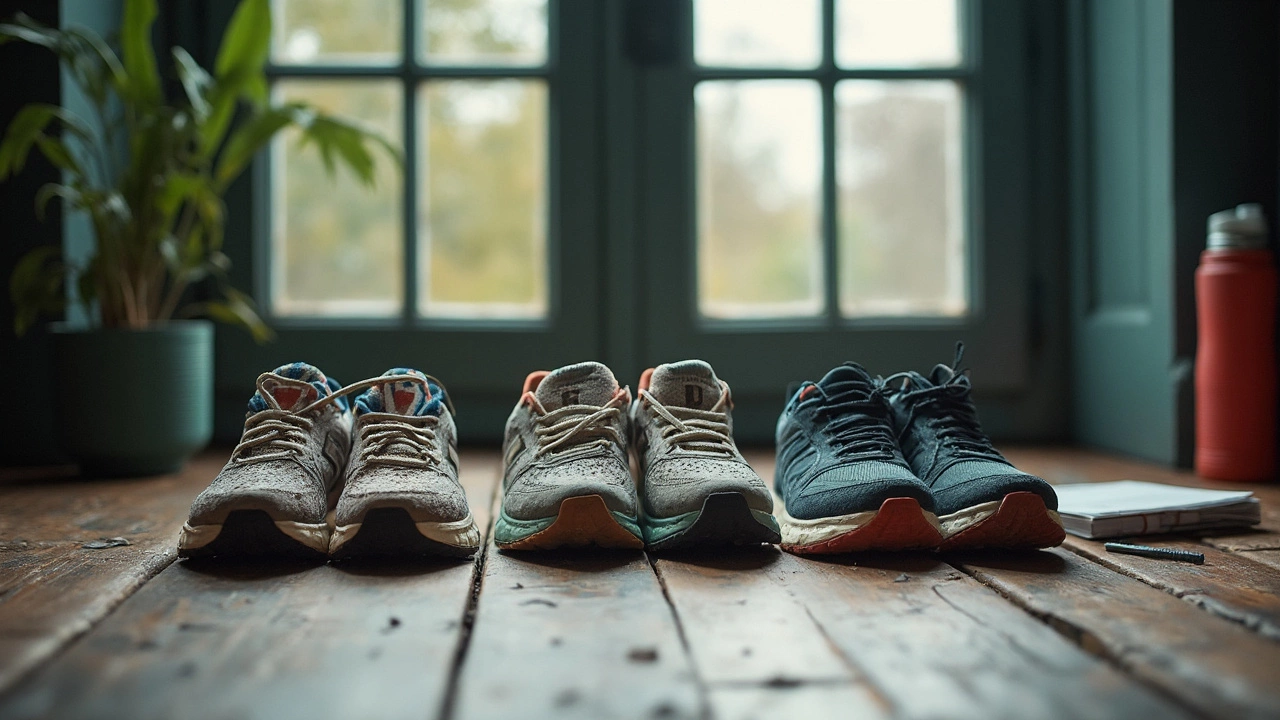
Spotting the Signs: Time to Retire Those Shoes?
You don’t need to be a shoe whisperer to know when it’s time. Sometimes, it’s painfully obvious—a split sole, or your tread’s as smooth as a dance floor. More often, though, it sneaks up in subtle ways. Ever notice those weird aches in your knees or back show up after a run? It's not your imagination; your body’s screaming for new kicks.
Give your shoes a squeeze—literally. Pinch the midsole (that foam layer under your foot) and see if it creases more than a new pair. If it's flat or motionless, cushioning is shot. Examine the tread: if it looks like a bald tire, that’s your cue. Run your finger around the heel counter; any collapse or wobble means it’s lost support. Smell funky? Stubborn odor that washing can't fix is a sign the insides are breaking down (plus, nobody wants shoes that can clear a room).
Watch out for uneven wear, like slanting inward. If your shoes lean, you’ll literally run at an angle, which can set up shin splints or IT band pain. Lydia once ignored this and wound up with months of stubborn foot pain. Lesson learned: trust what your feet and joints tell you.
Sometimes the trouble isn’t even visible. Lab research has proved the midsole can lose its shock-absorbing powers long before the outsole vanishes. If you’re logging lots of miles and your body feels beat up, don’t wait for visible holes. It’s time.
Tactics to Extend the Life of Your Running Shoes
You don’t have to treat shoes like glass slippers, but a few habits go a long way. First, rotate shoes: alternate pairs to let them fully rebound. Trust me, your shoe’s foam will thank you. Save your best pair for running only; don’t use them for gym, gardening, or errands. Get a cheap spare for dog-walking or muddy yard chores instead.
After running in the rain, pull out the insoles and stuff the shoes with newspaper. It’s old school, but newspaper sucks moisture out fast. Let shoes air dry away from heat—never on a radiator. Hot air warps midsoles and ruins adhesives. Once a week, brush off dried mud and clean out little rocks lodged in the treads. Small pebbles act like sandpaper, grinding away the outsole with every step.
Store shoes in a cool, dry space. Not the trunk of the car, not a steamy basement. Avoid direct sunlight; UV light will degrade both rubber and mesh faster than you’d think. Lace them up properly—sounds silly, but yanking hard at the heel to slip them on wears down the heel collar and counter.
Consider using special insoles if you’re heavy on your shoes, or try a more rugged model if you’re clocking high mileage each week. Try buying two pairs at once; alternate and you’ll extend their life by months. And the biggest one? Know your mileage. Keep a log in your running app—the best way to stay on top of when to swap out your shoes. Your knees will repay you, trust me.

Comparing Top Brands: Durability and Costs
If you’re curious what you’re really getting from different brands, the stats tell a clear story. Some brands design shoes to last longer, while others sacrifice longevity for lightness and speed. Let’s break it down by average cost per pair, expected mileage, and best-use scenario.
| Brand | Avg. Price (USD) | Expected Mileage | Best Use Case |
|---|---|---|---|
| Nike Pegasus | $130 | 350-500 miles | Road running, daily training |
| Brooks Ghost | $140 | 400-600 miles | High-mileage, cushion focus |
| Asics Gel Nimbus | $160 | 400-500 miles | Cushion, neutral runners |
| Hoka Clifton | $145 | 400-500 miles | Soft landings, long runs |
| New Balance 1080 | $170 | 400-500 miles | Comfort, high mileage |
| Adidas Ultraboost | $190 | 300-500 miles | Style, plush ride, mixed use |
Racing shoes, like those with full carbon plates (think Nike Vaporfly), will barely last 200-250 miles. For most average runners, mid-range everyday trainers last longer and are way more cost-effective. A $140 shoe lasting you 500 miles costs 28 cents per mile; a race shoe at $250 only lasting 250 miles is a full dollar per mile. That’s a pricey run!
Big brands invest in new foam blends—Brooks’ DNA Loft or Nike React foam claim big improvements, but real-world reviews show that with higher responsiveness can come shorter life if you’re a heavy runner or run on tough terrain. The trick: test different shoes, pay attention to how they wear, and don’t let logos blind you. Some off-brand shoes, like the ultra-popular Decathlon Kiprun, actually get decent durability for half the cost of a premium brand.
Here’s the bottom line though: keep a running log, watch your mileage, examine your shoes every month, and swap out when comfort fades, not when there are holes. Your body will always tell you before your soles give out.
